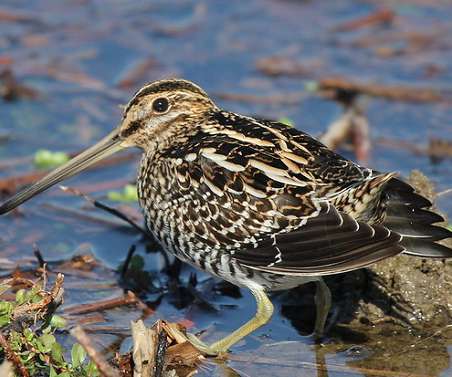I and the Bird: What is a Vulture?
10,000 Birds
MAY 8, 2013
The smellier the better, particularly as, unusually for birds, many species can boast a robust sense of smell. In any case, our hang-ups with vultures clearly stem from our own issues rather than any inherently bizarre trait of the species themselves. Vultures famously feed on carrion. Dead things. Here’s the kicker though.











Let's personalize your content